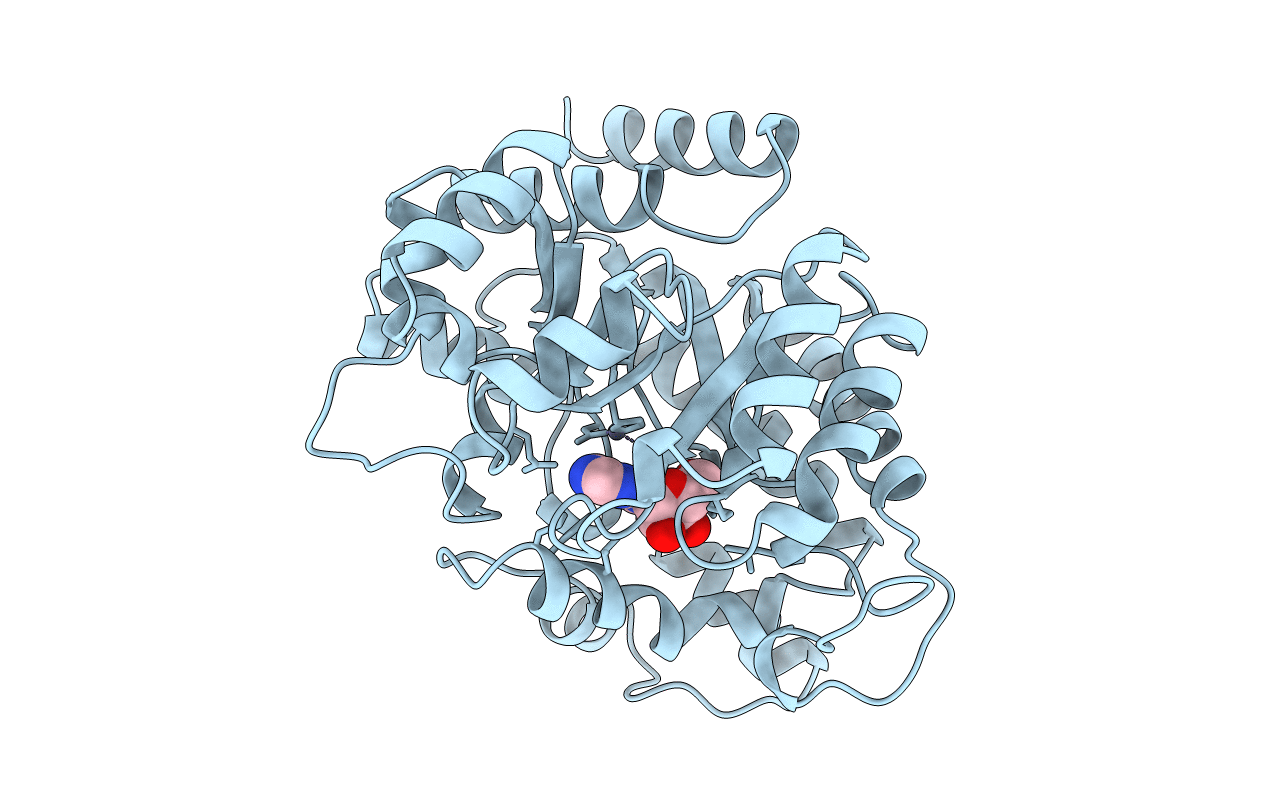
Deposition Date
1996-08-30
Release Date
1997-06-24
Last Version Date
2024-02-14
Method Details:
Experimental Method:
Resolution:
2.40 Å
R-Value Work:
0.20
R-Value Observed:
0.20
Space Group:
C 1 2 1


